Walking America: Bridgeport to New Haven
This article was originally published on Chris Arnade’s Substack Walking the World, and is shared here with permission. All images for this piece were provided by the author.
Bridgeport and New Haven are mid-sized, post-industrial towns that have dealt with a lot of the same struggles. Loss of industry, depopulation, “white flight to the suburbs,” loss of revenues, crime, drugs, inequality, depopulation, and corruption.
Most people know them by driving over them on I-95, which plows through both, with little regard for what it is plowing through.
The biggest difference between the two towns is New Haven has Yale, while Bridgeport has only state schools, like Housatonic Community College and University of Bridgeport. Lots of people want to go to Yale, but few do. Everyone who does is celebrated for it, and so lots is written about it. Lots of people go to state schools, while few are celebrated for that, beyond by their parents or children.
Yale, and its $42 billion endowment, has kept New Haven relevant and relatable to the elites. Bridgeport, however, is nothing but a problem for them to try and solve, somehow, with whatever urban planning scheme is in vogue at the time. Tax empowerment zones. Sports stadiums. Low-income housing. More tax breaks. Different low-income housing. All have been tried, most fail, and each has left its mark on Bridgeport, which is like an archaeological stratum of urban experiments. The city is littered with the attempts to “solve it.”
The result is an oddly dense, but empty, downtown dotted with massive government buildings that empty after work hours. There are neighborhoods, which are jammed up against I-95, or access roads to it. Many of those neighborhoods are now Latino, with the influx of Puerto Ricans from New York City made easier by the commuter rail lines that parallel I-95.
New Haven is very similar, but it has Yale. So those problems are either less obvious, or more damning, depending on who is doing the looking.
Between Bridgeport and New Haven is twenty miles of dense, intertwined suburbs of strip malls, cul-de-sac-dotted neighborhoods, villages determined to stay villages, marshy wetlands, beaches, and I-95’s parent, U.S. Route 1.
Walking between the two is not easy, and in parts close to impossible. I-95 is a monster that dominates everything around it, caring little for anything but being easy to get on and off by car.
U.S. Route 1 has few sidewalks, tiny shoulders, and absolutely no regard for pedestrians. The area’s side streets branch off into hills or toward beaches, wind this way and that, plunge up and down, and have no or tiny shoulders.
My walk began near Housatonic on the other side of I-95. I then headed north along the length of Barnum Avenue before going fifteen miles on U.S. 1, with a few detours here and there. It was not a pleasant walk, although there is lots to see. It is a brutal landscape of immediate convenience. Fast food franchises, malls, furniture stores, auto body shops, apartment buildings, and lots and lots of access roads to I-95.
Yet, like in any environment where people live, there is still plenty of community—bars, bowling alleys, gyms, churches, and people going about being people. Which means being social.
I had intended the walk as a (somewhat gimmicky) excuse to talk about our country’s education system. But that isn’t what I thought about for the twenty-mile journey, because once you get a few blocks away from Yale, or Housatonic, neither matters. West New Haven is the same as East Bridgeport. Both have the usual signs of lower-income urban areas. Churches, liquor stores, low-income housing, some older building falling down, a few nonprofits, street memorials to the slain, and a bunch of people making the best of what they can.
Instead of education, what I thought about was how we build roads, especially interstates. How we choose, or how it is chosen for us, to live. How we always build communities, despite the roads, despite the sprawl, despite the consumption.
The landscape I was walking through was my own little hell—a nightmare designed for cars, not people. Even the few wealthy spots were built around the interstate, and the various railroads going through them. Yet nobody I met seemed to think that, unsurprisingly. This was their home, and they liked it.
The guy standing on a spillway over a smelly inlet surrounded by garbage taking a smoking break was happy. Or at least content. The guy fishing off to the side also seemed pretty cool with where he was and what he caught.
The group of older couples walking the Connecticut Post Mall in the morning were very happy where they lived. They didn’t mind making loop after loop in a building they had to drive to.
I want a park, or a yard, or a track. They had the mall.
The young lady waiting at the bus stop, to go to a job interview, seemed unfazed by it all. When I asked her, while we waited together, if she like where she lived, she simply said, “Sure. I wish the bus would come sooner, though.” Same.
The man whose house was literally against I-95, its noise-retaining wall a fence for his backyard, didn’t mind it at all, either. “This is a nice neighborhood. I have everything I want here. It’s quiet here. There’s a McDonald’s, Dunkin Donut, and mall a few minutes away. When it snows, I tell my friends this wall is like [the one] from Game of Thrones.”
He was mostly right. The neighborhood, which lies along I-95, was quiet and peaceful. Beyond the huge wall passing through it, and the occasional sound of a downshifting semi, you would have no idea an interstate was a stone’s throw away.
Not every neighborhood has the clout to get a noise-retaining wall built, but even before the wall was built, the resident I talked to liked his location. “I see deer every morning.”
Different strokes for different folks, as they say.
To its credit, the people in charge know the area is unwalkable, so the bus that zooms up and down U.S. 1 is pretty regular, and currently free. People hop on and off all the time, using it to shuttle distances they would otherwise walk. An older man, hobbled with age and past decisions, gets on in front of a discount liquor store, carrying two huge boxes of Bud. He gets off a few stops later, bringing the boxes to a group sitting in the shade of an auto repair store. A young man rides from New Haven to a McDonald’s, putting on his work outfit as we get closer. Kids heading to the mall pack on midway, and are all loud and excited like kids always are. A guy, who I somehow bump into at least four times during my walk, rides it often, jumping on and off, to do whatever he does. Including spending 45 minutes in the McDonald’s bathroom.
The young woman I waited with for the bus got on, did some paperwork along the ride, then got off to go to her job interview. A few hours later, we met again as she was running across the same intersection I was, hoping to beat traffic without the benefit of a pedestrian walk signal.
She laughed as the annoyed motorist, microseconds after the light turned green, honked at us. When we finally made it, she was still laughing, then smiled at me, and said, “They don’t give a damn about you on this street.”
No. No, they don’t.
Some people have no choice where they live, and have to deal with that—and why not laugh? What else can you do?
Chris Arnade walks, writes, photographs, and has opinions on things. You can check out his walking stories over at his Substack, Walking the World.

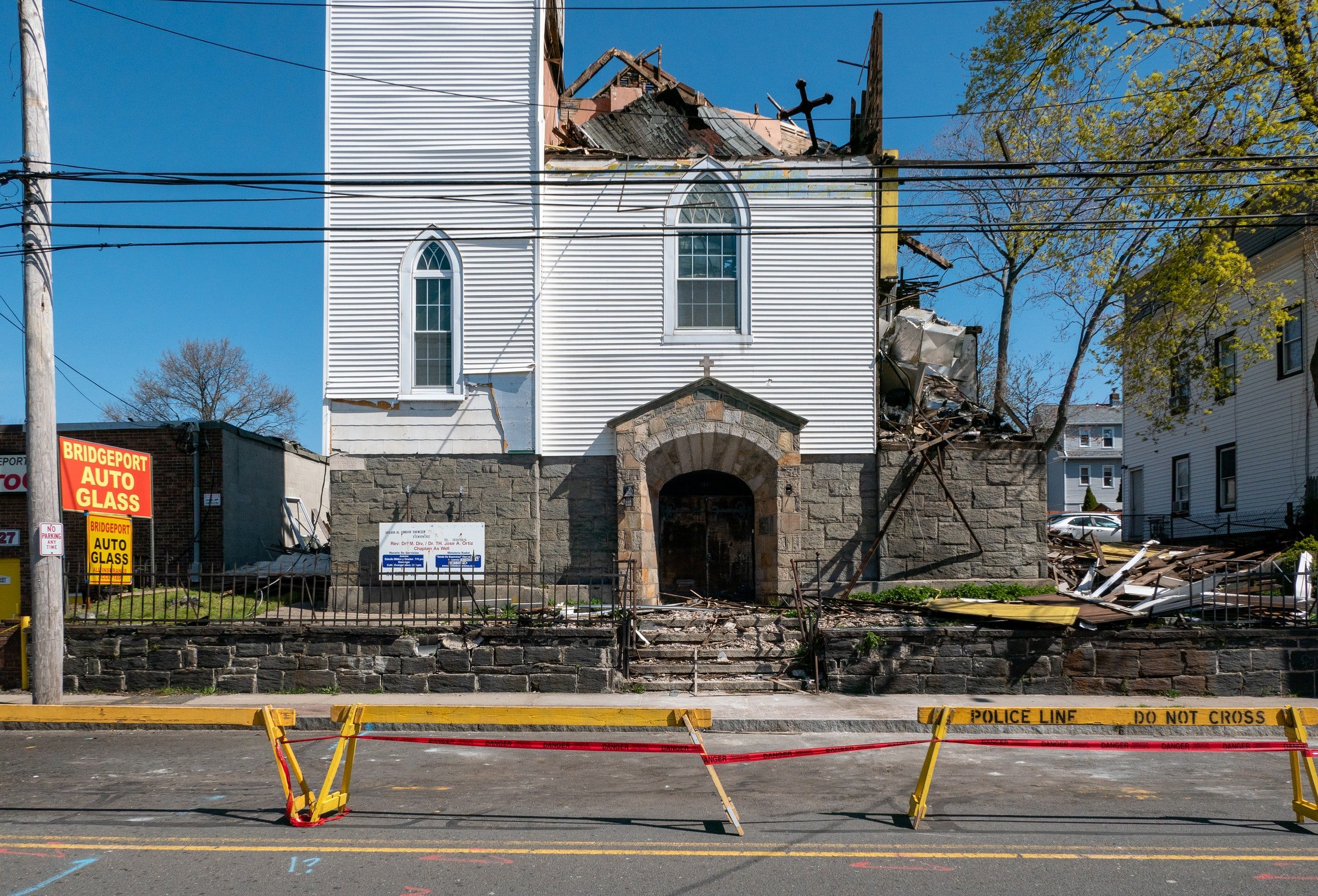











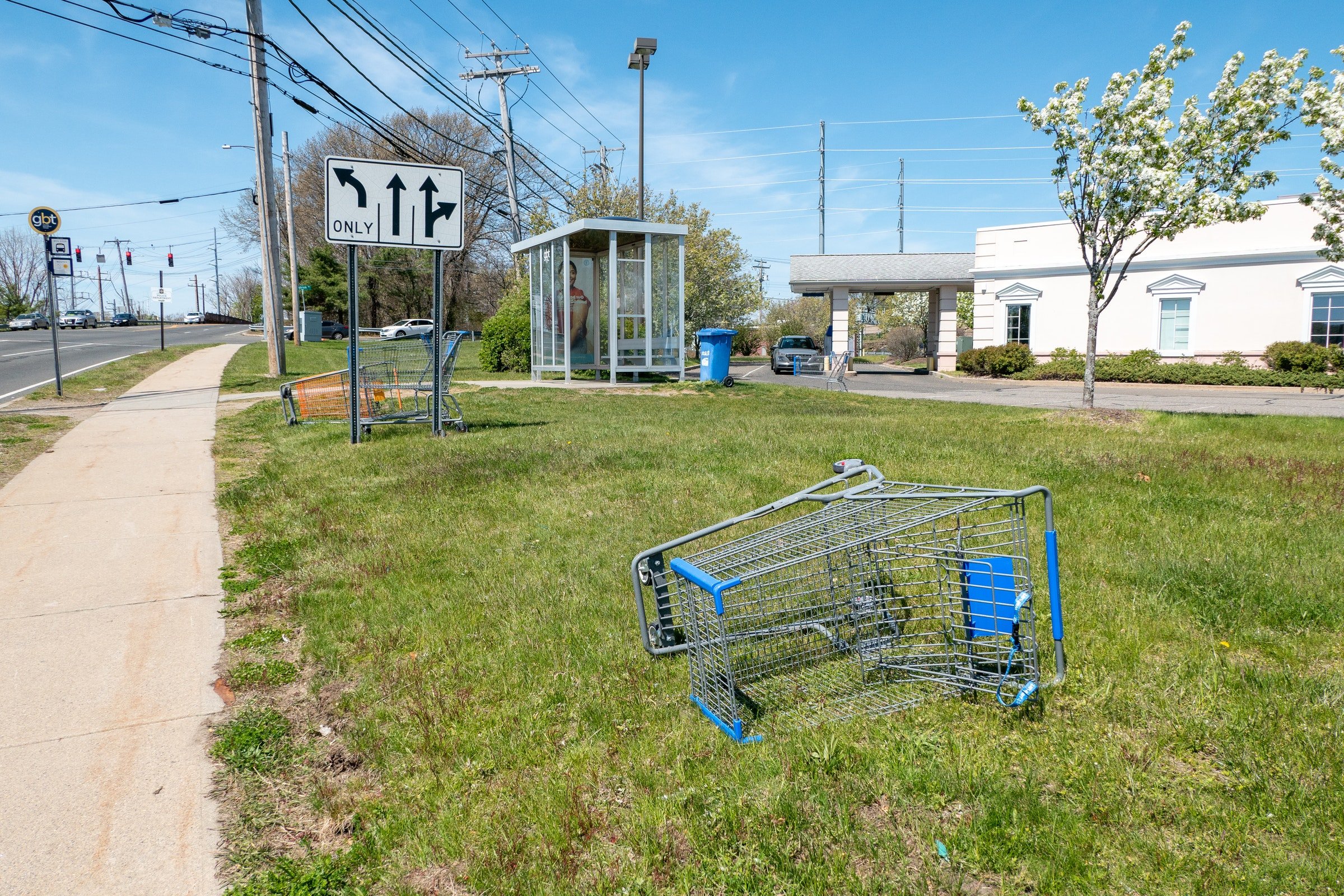



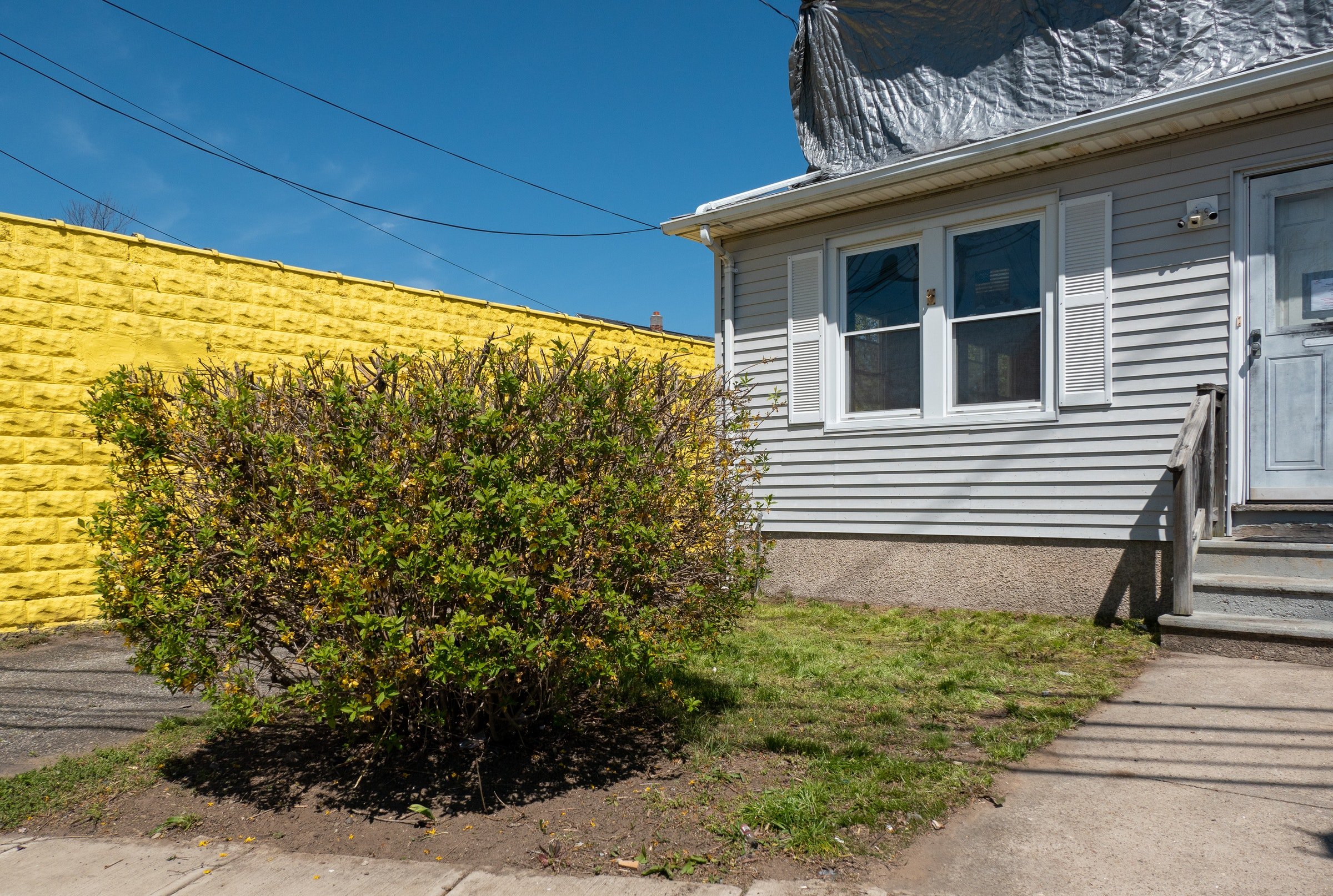
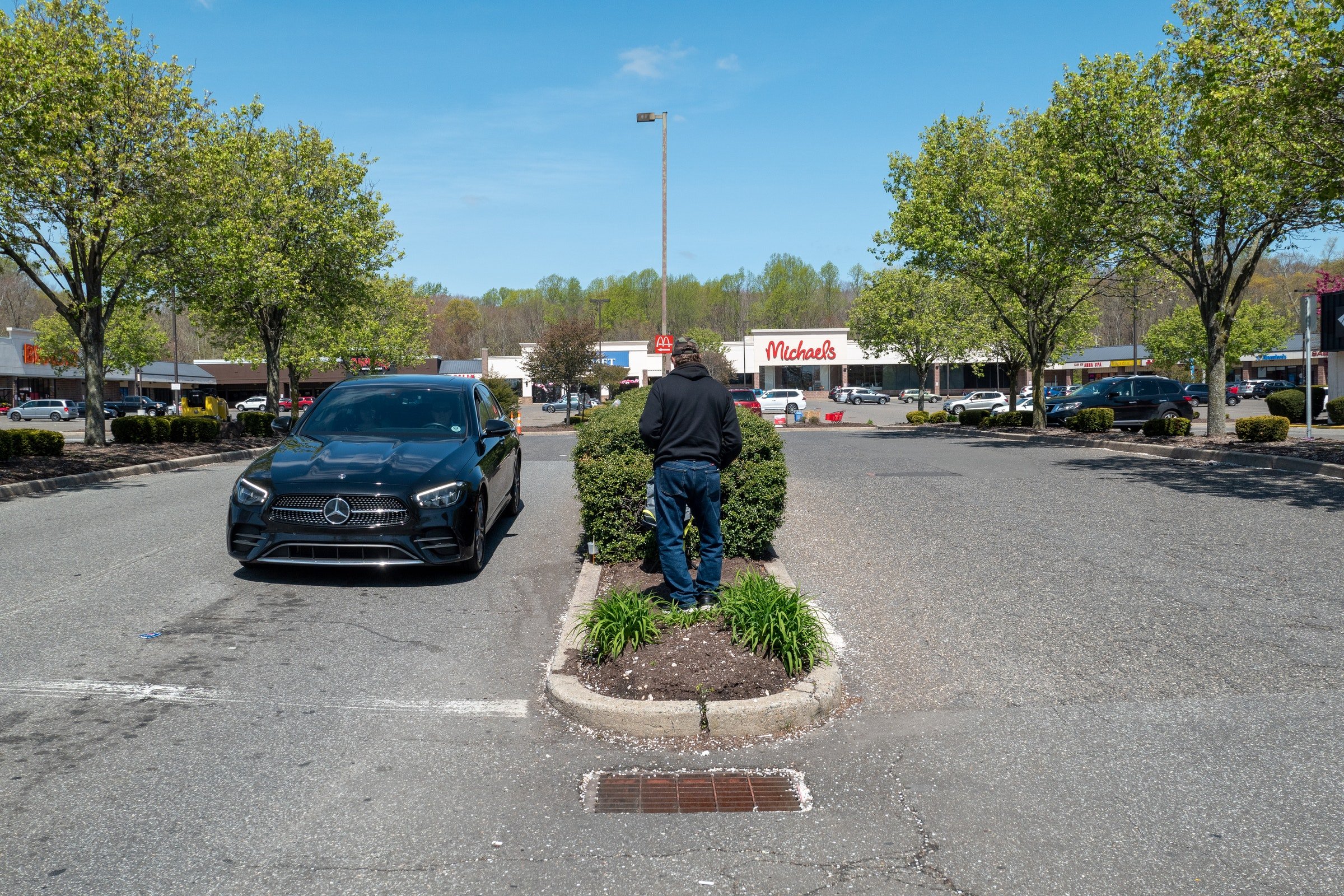



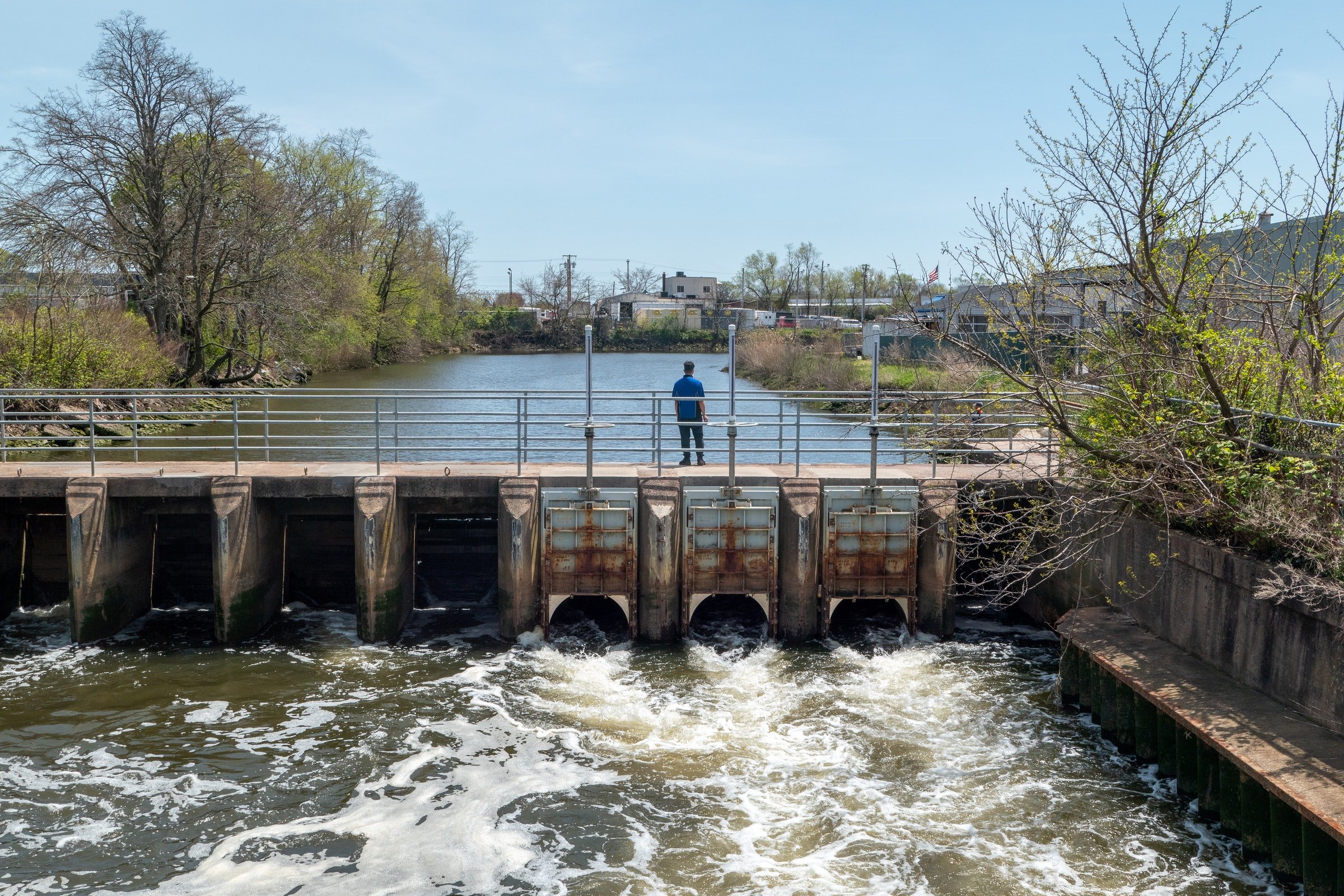

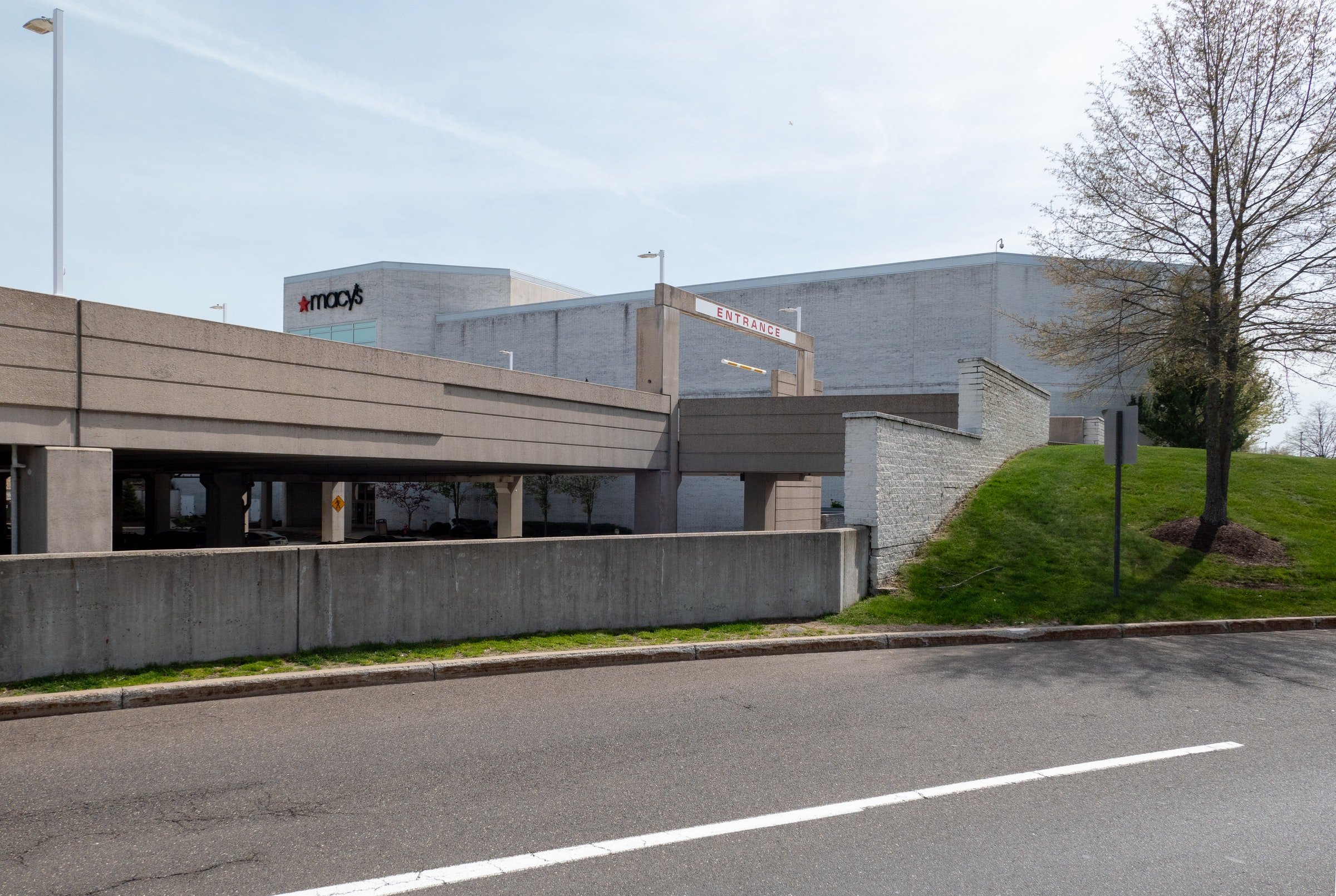





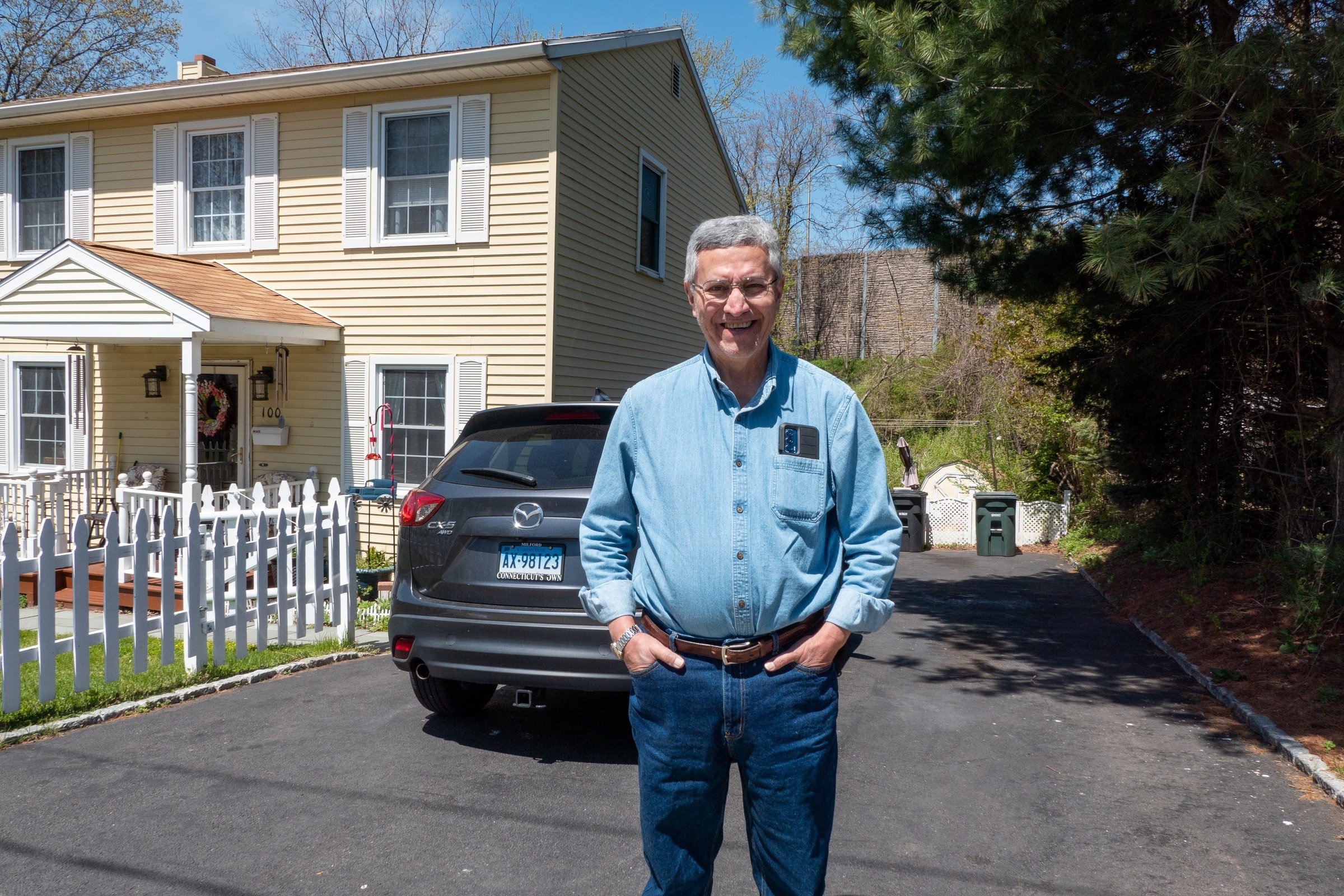
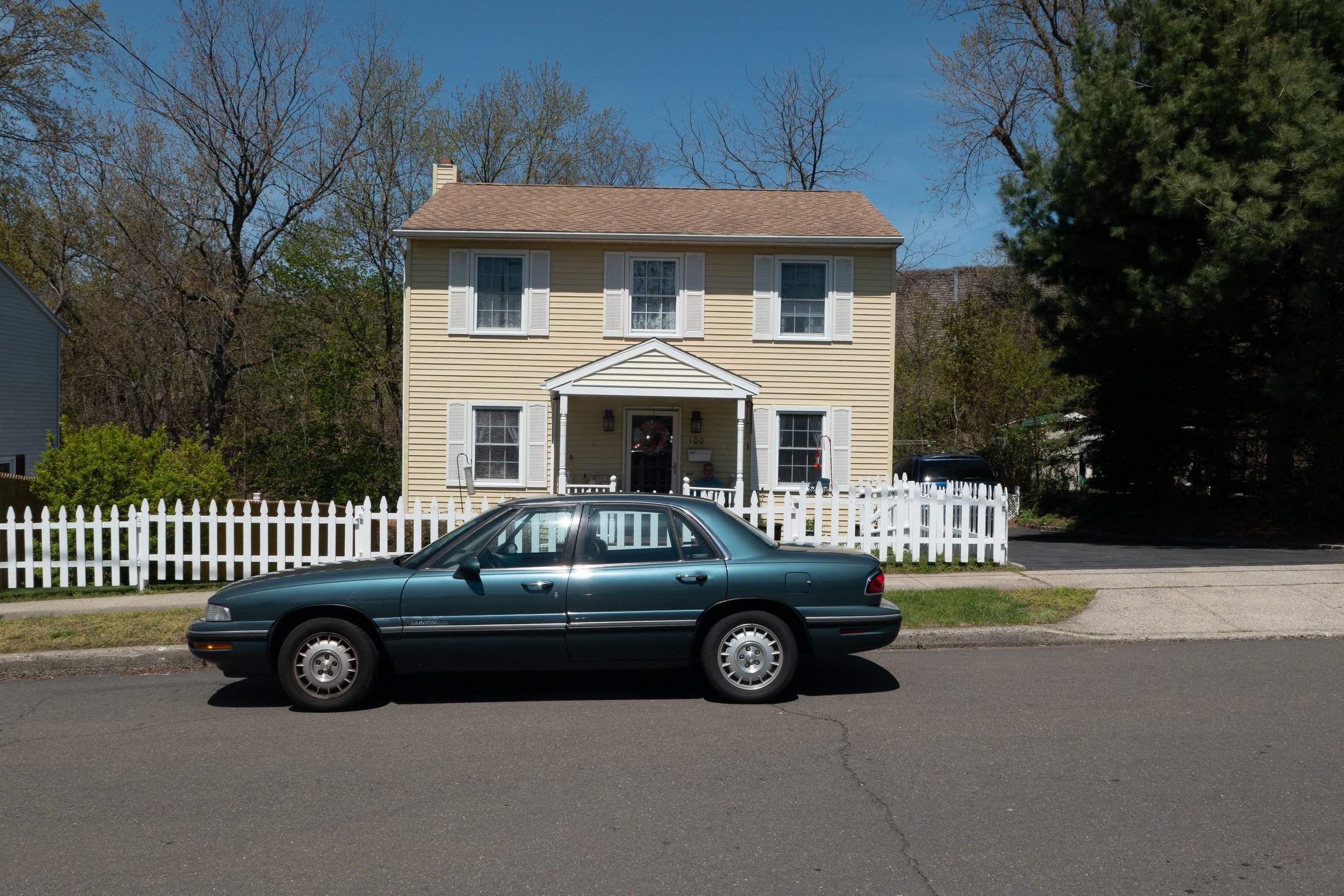
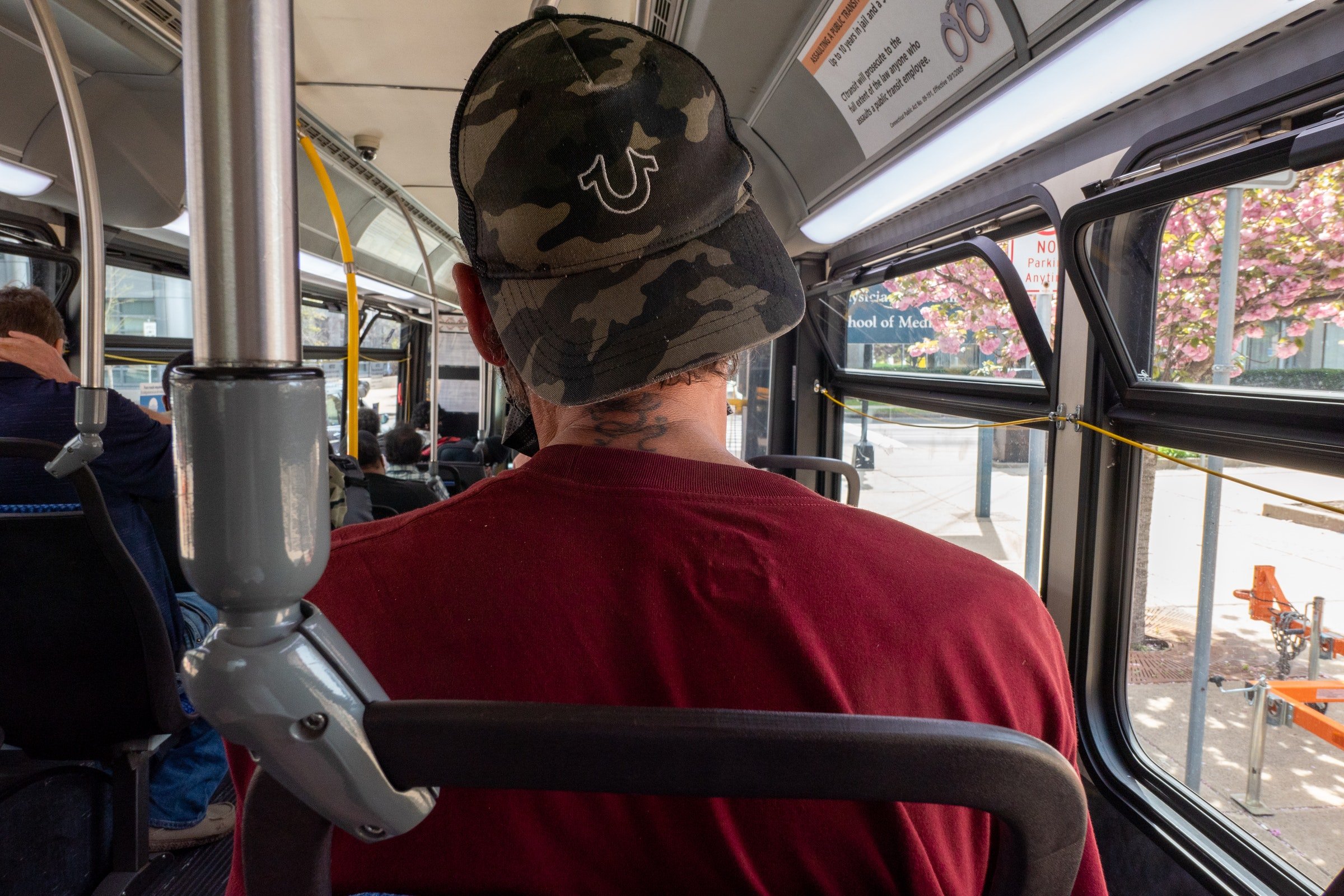
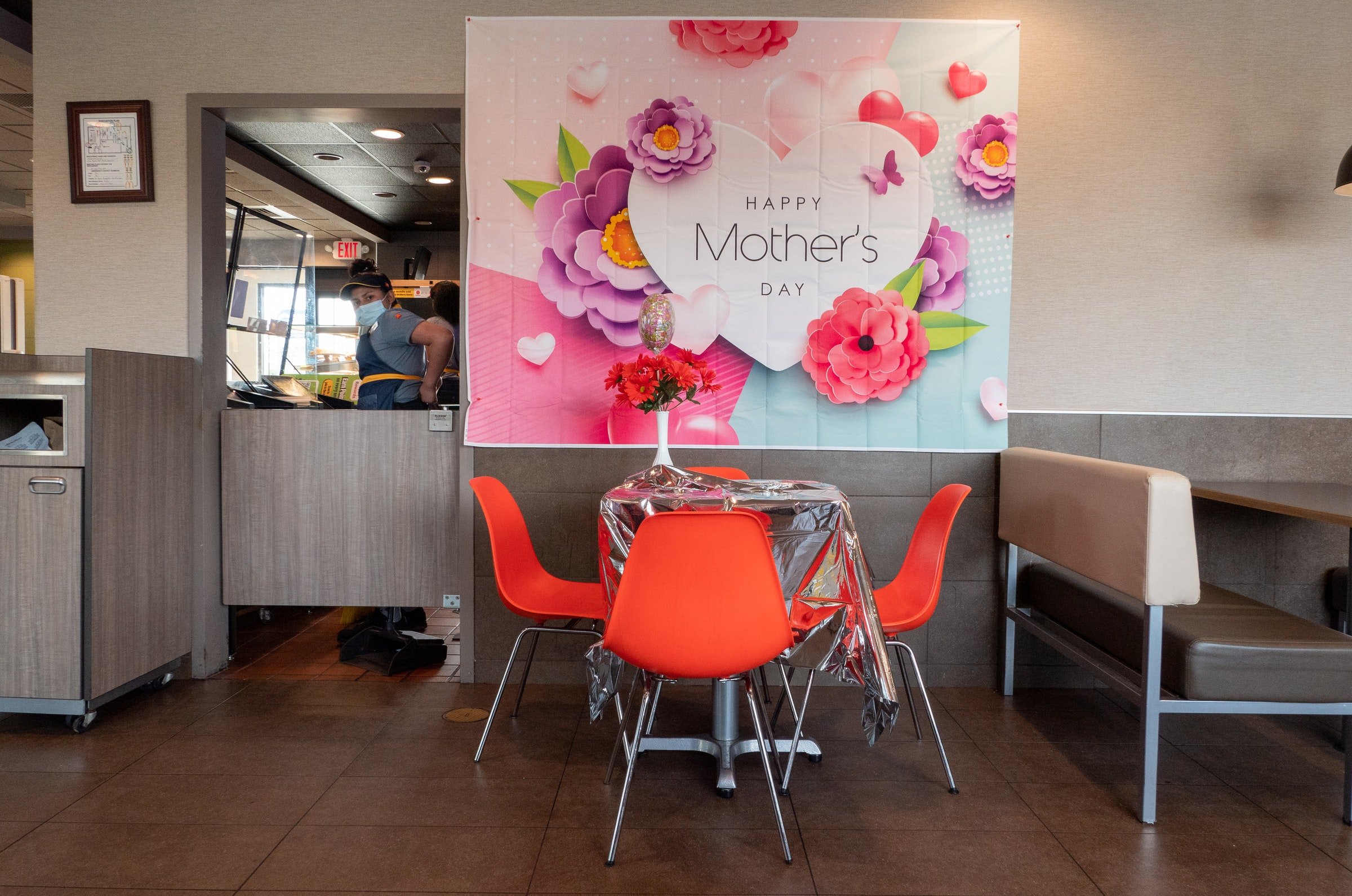




On Ash Wednesday, 1966, a highway carved up New Orleans, taking families, flowers, and futures with it. Today, the attempts to rectify those wrongs stop short of actually treating the wound.